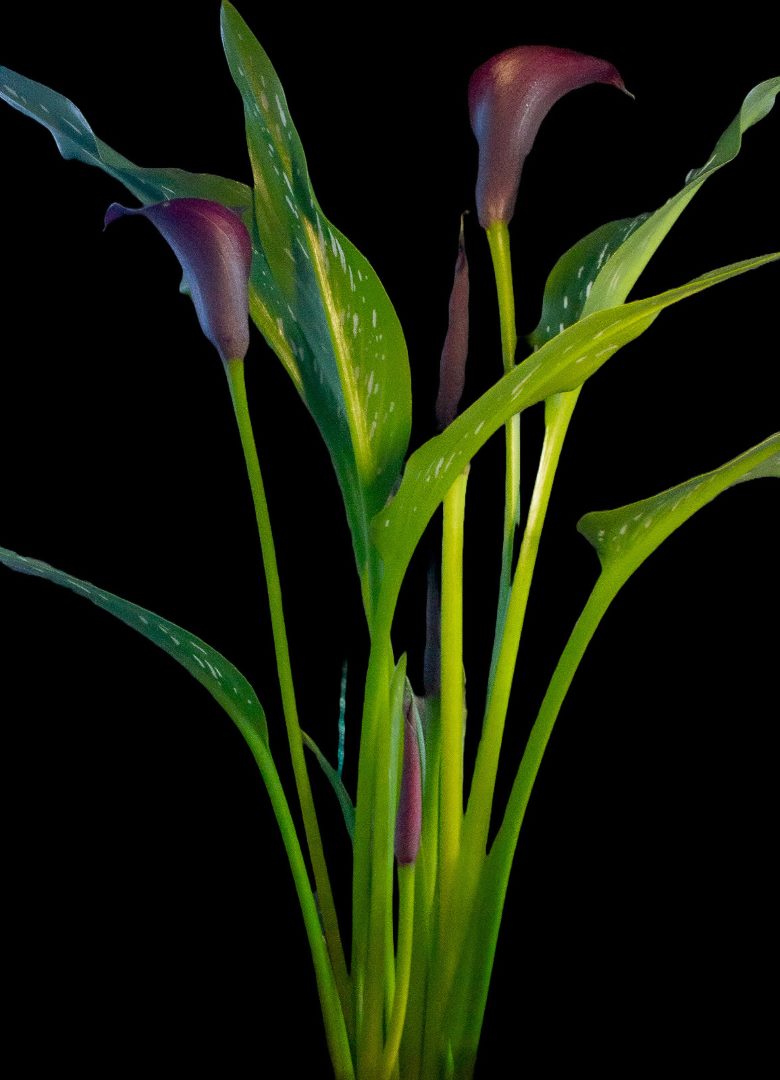Your cart is currently empty!
Unveiling the Enigmatic Calla Seeds: A Comprehensive Guide to Planting, Care, and Cultivation

The captivating calla lily, with its vibrant, trumpet-shaped blooms, is a beloved addition to any garden. But did you know that these enchanting flowers can be grown from seeds? Join us as we unravel the secrets of calla seeds, guiding you through the intricacies of planting, care, and cultivation, empowering you to nurture these ethereal blooms in your own backyard.
Sourcing and Selecting Calla Seeds
Embarking on your calla seed adventure begins with acquiring high-quality seeds from reputable suppliers. Look for reputable nurseries or online vendors that specialize in calla varieties. When selecting seeds, opt for those that are plump, free from blemishes or damage, and have a glossy appearance.
Types of Calla Seeds
- Calla aethiopica (White Calla Lily): Pristine white blooms
- Calla rehmannii (Pink Calla Lily): Blush pink to deep rose hues
- Calla elliottiana (Elliott’s Calla): Vibrant yellow blooms
- Calla Pentlandii: Striking purple-black blooms
Preparing the Soil
Calas thrive in well-drained, fertile soil with a pH of 6.0 to 6.5. To prepare the soil, amend it with compost or manure to enhance its fertility and improve drainage. Once amended, loosen the soil to a depth of at least 12 inches to allow for proper root development.
Ideal Soil Conditions:
| pH | Drainage | Fertility |
|---|---|---|
| 6.0 to 6.5 | Good | High |
Planting Calla Seeds
Sow calla seeds indoors 8 to 10 weeks before the last frost date. Fill seed trays with a well-draining seed starting mix and moisten it thoroughly. Sow the seeds on the surface of the soil, gently pressing them in but not fully covering them. Keep the seeds moist but avoid overwatering.
Planting Time:
- Indoor sowing: 8 to 10 weeks before last frost
- Outdoor sowing: After last frost, when soil temperatures reach 60°F
Germination and Seedling Care
Calla seeds typically germinate within 2 to 3 weeks. Once they emerge, provide them with bright, indirect light and keep the soil consistently moist. Fertilize the seedlings lightly every 2 to 3 weeks with a balanced liquid fertilizer diluted to half strength.
Seedling Requirements:
- Light: Bright, indirect light
- Soil moisture: Consistently moist
- Fertilizer: Diluted balanced liquid fertilizer every 2 to 3 weeks
Transplanting and Outdoor Care
When seedlings have developed 2 to 3 true leaves, they can be transplanted outdoors. Harden them off over a period of 7 to 10 days by gradually exposing them to outdoor conditions. Plant them in well-drained soil that is amended with compost, spacing them 12 to 18 inches apart.
Outdoor Growing Conditions:
- Light: Full sun to partial shade
- Soil: Well-drained, fertile, amended with compost
- Watering: Keep soil consistently moist but avoid overwatering
- Fertilizer: Fertilize monthly during the growing season
Troubleshooting Common Problems
Growing calla lilies from seeds is generally straightforward, but a few common problems can arise:
- Seed rot: Avoid overwatering and ensure proper drainage to prevent seed rot.
- Slow germination: Maintain optimal temperature and moisture levels to promote germination.
- Poor flowering: Ensure adequate sunlight, fertile soil, and regular fertilization for optimum blooms.
Additional Tips for Successful Cultivation
Here are a few bonus tips to enhance your calla seed-growing experience:
- Use a heated seed mat to accelerate germination.
- Provide support for taller varieties with stakes or cages.
- Deadhead spent blooms to encourage continuous flowering.
- Divide overgrown plants in the spring or fall to promote vigor.
Conclusion
Growing calla lilies from seeds is a rewarding endeavor that allows you to witness the magical transformation from humble seeds to captivating blooms. By understanding the intricacies of planting, care, and cultivation, you can successfully nurture these elegant flowers in your own garden. Remember, patience and thoughtful attention to their specific needs will be rewarded with a stunning display of beauty and grace.








Leave a Reply